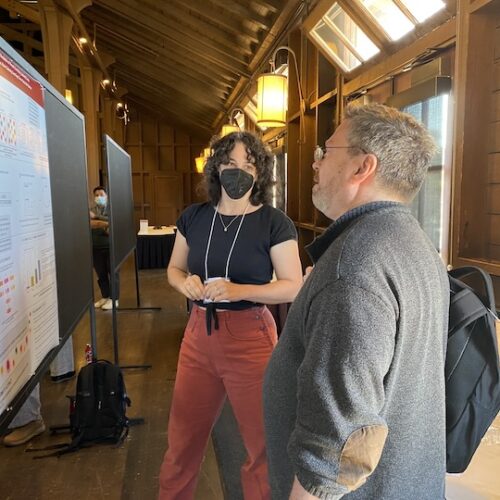Read the DBDS 2024 Annual Report:
What we’re doing, what we’re planning,
and what our future looks like.
For an ADA compliant version
of the Annual Report, please click here.
Open Line, Open Rank, Faculty Cluster Hire Search
Stanford University School of Medicine
The Stanford University School of Medicine (SoM) is recruiting multiple faculty at the Assistant, Associate, or Full Professor in the University Tenure Line (UTL), University Medical Line (UML), or Non-Tenure Line-Research (NTL-R) through this AI (Artificial Intelligence) Faculty Cluster Hire Search. We are specifically interested in candidates who have experience developing and applying novel biomedical AI and data science methods that incorporate biomedical domain expertise to ensure relevance and impact to health and medicine. Candidates will be hired into one or more SoM department(s) and contribute to the research, educational, and if relevant, clinical activities.
Our Mission
The Department of Biomedical Data Science (DBDS) is an academic research community, comprised of faculty, students, and staff, whose mission is to advance precision health by leveraging large, complex, multi-scale real-world data through the development and implementation of novel analytical tools and methods.
What is Biomedical Data Science?
Biomedical Data Science “spans a range of biological and medical research challenges that are data intensive and focused on the creation of novel methodologies to advance biomedical science discovery.” The term “data science” describes expertise associated with taking (usually large) data sets and annotating, cleaning, organizing, storing, and analyzing them for the purposes of extracting knowledge. It merges the disciplines of statistics, computer science, and computational engineering” (Annual Review of Biomedical Data Science).
Zou Lab launches MedArena, a free platform for clinicians to use and compare frontier LLMs
MedArena is a free platform for clinicians to use and compare how frontier LLMs work on medical queries.
Check it out at: https://medarena.ai/login
Biomedical Data Science (DBDS) Graduate Program
Our mission is to train future research leaders to design and implement novel quantitative and computational methods that solve challenging problems across the entire spectrum of biology and medicine.









